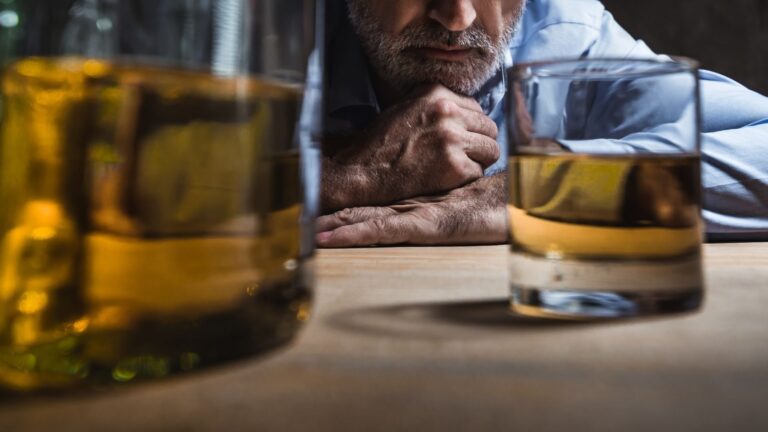Substance use disorder (SUD) remains a significant public health challenge in the United States. Over 40 million Americans (aged 12 and older) struggle with some form of addiction in the past year, proving that addiction does not discriminate. It affects people of all ages, races, and backgrounds. Understanding the range of addiction treatment options available can empower individuals and families to find the support they need on the path to recovery.

Drug and Alcohol Treatment Options: What You Need to Know
Every person’s journey with substance use is different, which means addiction treatment must be just as individualized. Whether someone needs around-the-clock care, support managing withdrawal, or help with co-occurring mental health conditions, understanding these addiction treatment types is the first step in choosing the right path forward.
Below are the main types of addiction treatment options, each designed to address different needs and stages of recovery.
| Treatment Type | Description | Typical Duration | Best For | Key Features |
| Inpatient Rehab | Residential programs where patients live onsite and receive 24/7 care. | 30 to 90 days | Severe addiction, co-occurring disorders, relapse history | Medical supervision, detox, intensive therapy, structured environment |
| Outpatient Rehab | Addiction treatment and therapy sessions while living at home. Includes IOP and PHP programs. | Weeks to months | Mild to moderate addiction, strong home support | Flexible scheduling, ongoing therapy, less intensive than inpatient |
| Detox Programs | Medically supervised withdrawal management to safely handle physical dependence. | 5 to 14 days | Initial phase of treatment for physical dependence | Medical monitoring, symptom management, first step in recovery |
| Dual Diagnosis Treatment | Integrated care for co-occurring mental health and substance use disorders. | Varies | Addiction with underlying mental health issues | Combined therapy, medication management, holistic approach |
| Faith-Based / Holistic Rehab | Programs that incorporate spirituality, mindfulness, and alternative therapies. | Varies | Individuals seeking spiritual or whole-person healing | Spiritual guidance, yoga, meditation, art therapy |
1. Inpatient Rehab (Residential Treatment)
Inpatient rehab offers a highly structured and immersive recovery experience. Patients reside at the facility throughout treatment, typically lasting between 30 and 90 days. This environment is ideal for individuals struggling with severe addiction, co-occurring mental health conditions, or those who have relapsed multiple times.
Key benefits include 24/7 medical supervision, daily therapy sessions, and access to holistic services such as exercise and nutrition counseling. The constant support helps individuals focus fully on healing without the distractions or triggers of everyday life.
2. Outpatient Rehab: IOP and PHP
Outpatient rehab allows individuals to live at home while attending regular treatment sessions. This option is more flexible and is often suitable for those with less severe addictions or strong family and social support systems.
- Intensive Outpatient Programs (IOP): Typically involves 3–5 therapy sessions per week, providing a higher level of care than standard outpatient programs while still enabling individuals to maintain work or family obligations.
- Partial Hospitalization Programs (PHP): These provide nearly full-day care during the week but no overnight stay, serving as a bridge between inpatient and outpatient treatment.
Outpatient programs are designed to help clients practice recovery skills in real-world settings, gradually reintegrating into daily life.
3. Detox Programs
Detoxification is often the first critical step in rehab for those physically dependent on substances like alcohol, opioids, or benzodiazepines. During detox, medical professionals monitor withdrawal symptoms, which can range from mild to life-threatening, ensuring safety and comfort throughout the process.
Detox alone does not address the psychological aspects of addiction, so it is almost always followed by a formal rehab program to support long-term sobriety.
4. Dual Diagnosis Treatment
Many people with addiction also face mental health challenges such as depression, anxiety, PTSD, or bipolar disorder. Dual diagnosis treatment integrates mental health and addiction care, recognizing that untreated psychological conditions can undermine recovery efforts.
This approach includes coordinated therapy, psychiatric evaluation, and medication management to treat both conditions simultaneously, improving outcomes and reducing the risk of relapse.
5. Faith-Based or Holistic Rehab
For some individuals, spirituality and holistic practices are powerful components of recovery. Faith-based rehabs incorporate religious teachings, prayer, and community support as foundational elements of healing.
Holistic rehabs may offer yoga, meditation, acupuncture, art therapy, and nutrition counseling to support physical, emotional, and spiritual well-being. These programs focus on treating the whole person, promoting balance and inner peace alongside sobriety.

Understanding the Continuum of Care in Drug and Alcohol Rehab
Recovery is not a single event. It’s a process. Many individuals move through a continuum of care, transitioning between different levels of support as their needs evolve. For example, someone might begin with detox, continue with inpatient rehab, and then step down to a PHP or IOP. Others may begin in outpatient care and step up if they need more structure.
This approach allows treatment to remain flexible and responsive, giving individuals the right level of care at the right time. Continuum-based treatment increases the chances of long-term sobriety by providing support across all stages of recovery, from withdrawal to reintegration into daily life.
Some key aspects of this continuum include:
- Detox → managing physical dependence safely
- Inpatient Rehab → providing immersive, round-the-clock support
- Outpatient Rehab (IOP/PHP) → practicing coping skills in real-life situations
- Aftercare → ongoing therapy, peer support groups, or sober living environments
Every transition is a step forward, building momentum toward lasting recovery.
Recovery Starts with a Step Forward
Addiction can affect anyone, but so can recovery. The most important thing to remember is that help is available, and treatment works. Whether you’re seeking support for yourself or someone you love, understanding your options is the first step in breaking the cycle.
At Ridgeline Recovery, we know that no two recovery journeys are the same. That’s why we offer a range of addiction treatment paths, from detox and inpatient care to outpatient programs and dual diagnosis support, designed to meet people where they are. Our compassionate team is here to guide you or your loved one through each stage with expertise, empathy, and care.
There is no “perfect” time to get help. The best time is now. The sooner treatment begins, the sooner healing can, too. If you’re ready to take the next step or simply want to learn more about your options, Ridgeline Recovery is here to help you reclaim your life.
👉 Visit Ridgeline Recovery to explore our programs to see how we can support your journey or Contact Us to speak with someone today.







